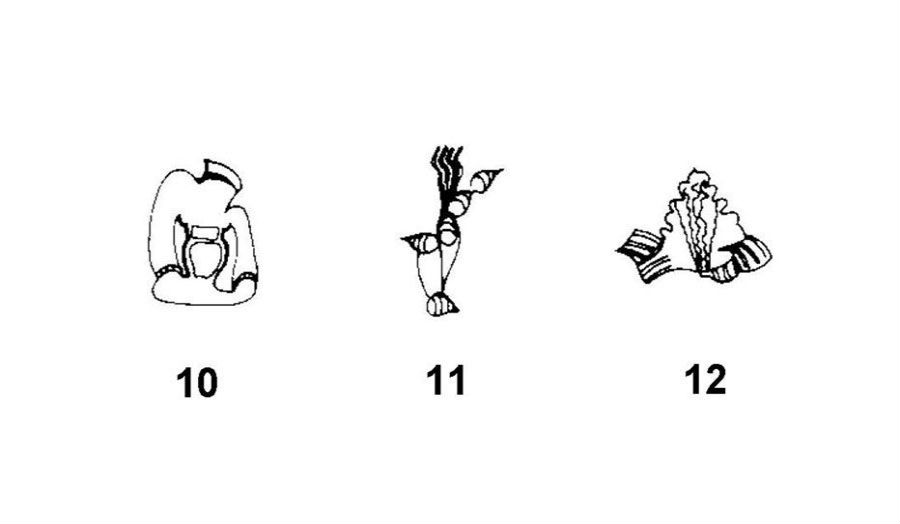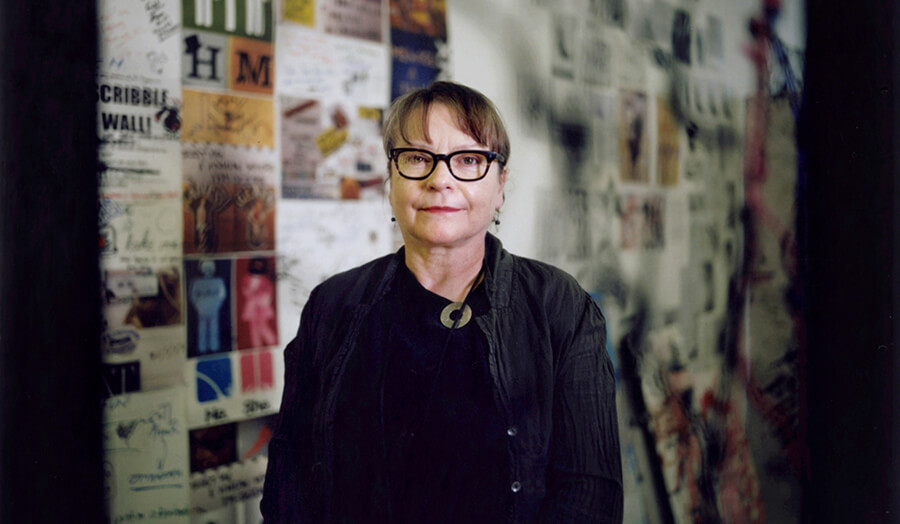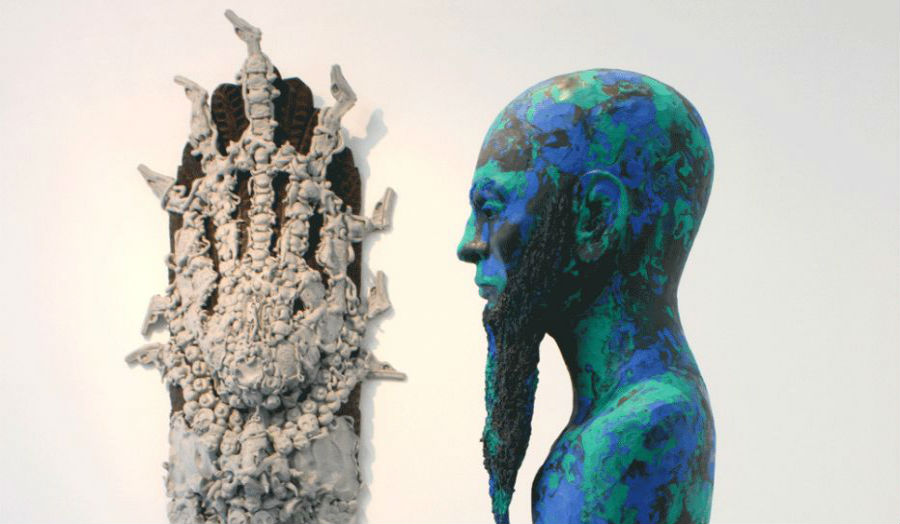Image credit
Non-objects 10, 11 and 12 by Barbara Faulconer in a series of 88 images for Judith F. Kroll & Mary C. Potter's Recognizing Words. Pictures and Concepts: A Comparison of Lexical, Object, and Reality Decisions (1984) in Journal of Verbal Learning and Verbal Behavior. 23, 39-66

Details
| Course | Fine Art BA (Hons) |
| Tutors | Rosemarie McGoldrick Peter Fillingham |
| Website | Rosemarie McGoldrick Art |
Studio brief
This studio examines the reification and fetishization of objects, how things come alive when they don’t work, the nature of non-objects and where this all fits into public art.
Artists often make stuff to find it doesn’t do what was intended or no-one identifies with it. Such a lack suggests failure. But it’s when they don’t “work” that things come into their own. We notice things as things, don’t take them for granted. So the artist regularly makes a learn-from-failure-device. A relationship-improver. An evaluator. And when critical or oppositional, such art looks to the future, proves hopeful for artist and public.
This studio relates to every medium at The Cass. Its method is that “context is half the work” - a careful, discriminatory approach to plural art-making, focusing first on what’s to be made and why, not the process.
Only then do you address process and test, take risks in the process, change your mind in the process, listen to and act on critique from your public in the process.
We study the objet d’art and consider making work that isn’t objectified. We’ll examine what psychology understands as non-objects. We’ll rehearse, possibly recreate, decisions in art-making during modernism’s love affair with the object and its opposites. We’ll spend time thinking about public art in workshop. We’ll devise sculptures outside which aren’t monuments, statues or landmarks. And then try to make them as a group.


